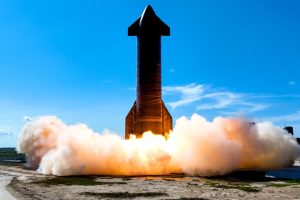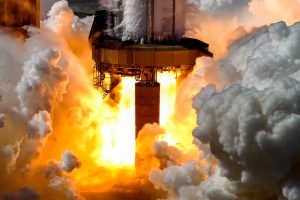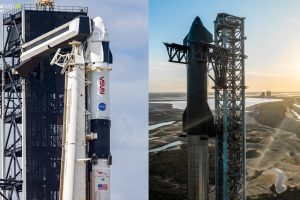SpaceX continues to work around the clock to prepare its latest Starship and Super Heavy booster prototypes for another week of testing – likely focused on firing up the Raptor engines installed on each vehicle.
Known as Booster 7 and Ship 24, SpaceX has been slowly testing both prototypes for approximately four months, beginning in April and May, respectively. Only in early August did the company cautiously begin attempting to ignite their Raptor engines as part of a process known as static fire testing – by far the most difficult and important part of qualifying both vehicles for flight.
Thanks to progress made in 2021, SpaceX already has significant experience testing an earlier orbital-class Starship prototype on the ground, but the process of testing Ship 24 is still fresh and unfamiliar for a number of reasons. For Booster 7, the challenges are even greater.
On top of major design changes made to Starship and Super Heavy over the last year as SpaceX continues to refine the rocket, the company also developed a substantially different version of its Raptor engine. Compared to Raptor V1, Raptor V2 almost looks like a new engine and can produce around 25% more thrust (230 tons versus 185 tons). SpaceX has also tweaked how the engine operates, particularly around startup and shutdown, further weakening the value of past experience testing Raptor V1 and V1.5 engines on Ship 20 and Boosters 3 and 4.
In other words, with Ship 24 and Booster 7 engine testing, it’s possible that SpaceX is effectively starting from scratch. Many aspects of testing – propellant conditioning, thermal characteristics, tanking, detanking, certain test stands – are likely mostly unchanged, but almost every aspect of a rocket is affected by its engines.
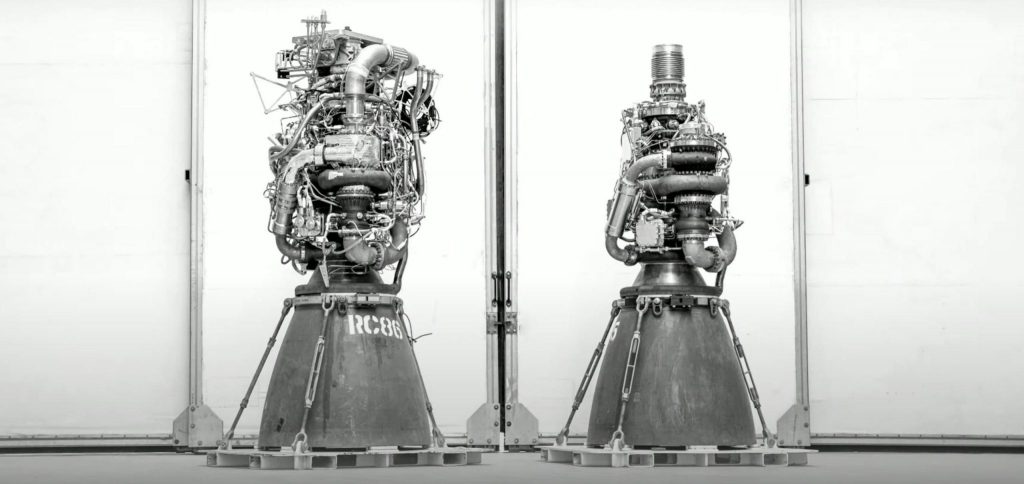
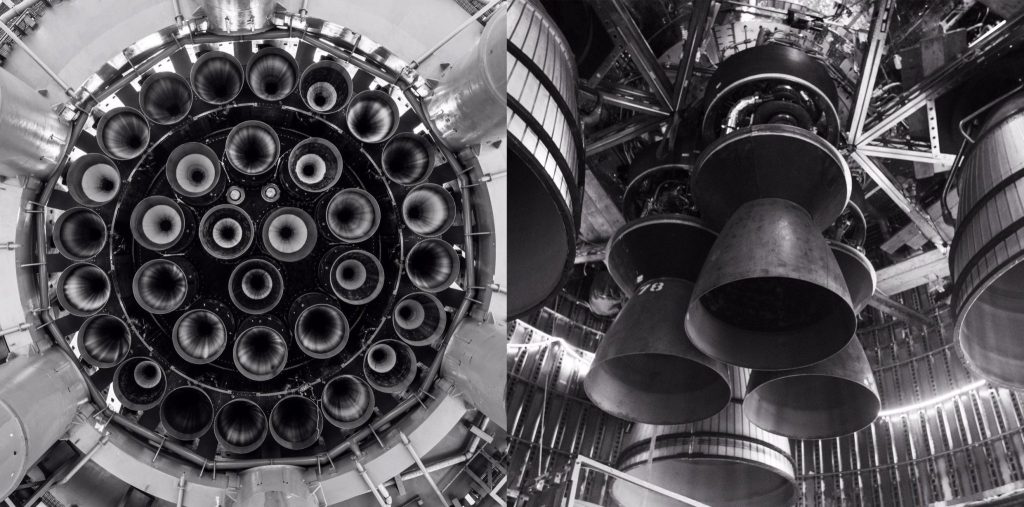
Before SpaceX began testing Raptor V2 engines on Starship and booster prototypes, it wasn’t clear if the changes between V1.5 and V2 would invalidate a lot of prior testing. After the start of Booster 7 and Ship 24 static fire testing, it’s now clear that a lot of that earlier work has to be redone. It’s also clear that despite some of the simplifications in Raptor V2’s design, operating the engine on Starship and Super Heavy is much harder get get right.
Since mid-July, SpaceX has completed around 15-20 ‘spin-prime’ tests between Ship 24 and Booster 7 – more of that kind of test than any other prototype in the history of Starbase has performed. Spin-prime tests flow high-pressure gas through Raptor’s pumps to spin them up without igniting anything. It’s unclear why so many of those tests are being done, what SpaceX is gaining from it, or why the company appears to have completely stopped conducting preburner tests (a more life-like spin-prime with partial combustion).
Regardless, eight weeks after the start of engine testing, Booster 7 has only performed three static fires (two with one engine, one with a max of three or four engines), and Ship 24 has only completed one static fire with two engines. Before either vehicle can be considered ready for flight, a day that could easily never come, each will likely need to conduct multiple successful static fires with all of their Raptor engines (6 on S24 and 33 on B7).
If the pace of Booster 7 testing doesn’t change, the vehicle could be months away from a full 33-engine static fire attempt – perhaps the single most important and uncertain test standing between SpaceX and Starship’s first orbital launch attempt. Ship 24’s path to flight readiness should be simpler, but it appears to be struggling almost as much.
According to CEO Elon Musk, “an intense effort is underway” to ensure that Super Heavy B7’s Raptor engines are well contained during anomalies, so that one engine violently failing won’t damage or destroy the booster, other engines, or the launch pad. That could certainly complicate the process of testing Booster 7, and it’s likely that SpaceX is taking some of the same actions to protect Ship 24.
In early September, after a partially successful Booster 7 static fire (its first multi-engine test) and numerous additional Ship 24 tests that failed to achieve ignition, SpaceX replaced engines on both vehicles. Booster 7 had one of 13 Raptor Center engines swapped out, while Ship 24 had one of its three Raptor Vacuum engines replaced.
On September 5th, SpaceX distributed a safety alert to Boca Chica’s few remaining residents, confirming that it wants to restart testing as early as Tuesday, September 6th. Especially as of late, that alert guarantees nothing, but it does at least open the door for SpaceX if Ship 24, Booster 7, and the positions of the stars happen to be in the right mood between 8am and 8pm CDT. Additional opportunities are available on September 7th, 8th, 9th, and 12th.


